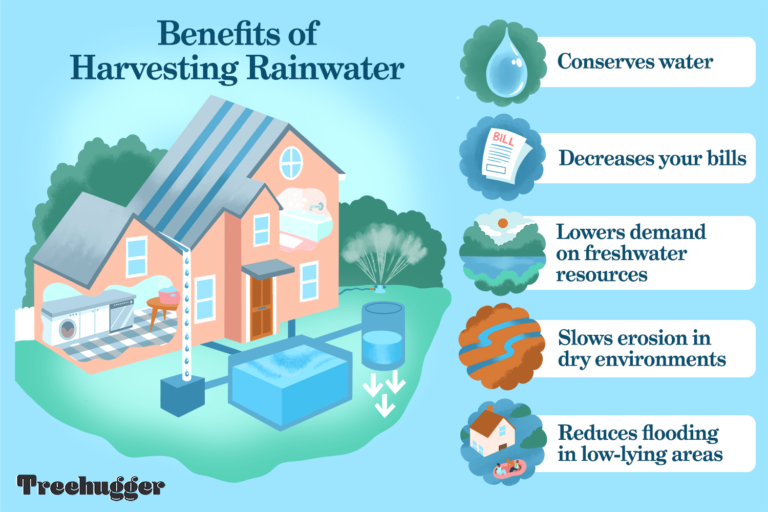Poverty is one of the biggest challenges today for the developing countries including India.
The causes of poverty are diverse and issues are continuously debated and discussed nationally andinternationally. In India, the problem is more acute as the situation has been aggravated by high density of population,poor land-man ratio and high unemployment rate. Poor performance by the agriculture and the allied sector coupled with poor absorption of labor force by industrial sector has further deteriorated the situation. Like other economic policies, competition policy has also complex inter-relationships with poverty.Greater competition leads to well-functioning competitive markets, and promotes innovation, productivity and growth.According to the World Bank, India has the one- third of the world’s total poor.
A total number of 32.7% of the total Indian people fall below the international poverty line of US$ 1.25 per day (PPP).
Poverty is caused by many factors such as illiteracy, population growth (against low economic growth), high growth rate of unemployment etc. Gender, literacy, land-ownership, employment status, religion and caste are also closely linked with poverty.
Competition drives markets towards achieving optimum efficiency and results in cheaper prices of the essential items. In the present context, the “essential items” means those goods or services which are acquired primarily for personal, family or household purposes, such as a food, water or petroleum products such as gasoline, fuel or services such as electricity, telecommunications, banking etc.
Hence competition in domestic markets is extremely important in making essential goods available at competitive prices, which has an impact on wider social development goals including poverty reduction.
Anti-competitive practices existing in the market of essential items may affect the poor disproportionately.
Role of Competition Advocacy: Competition advocacy is one of the main pillars of modern competition law in India, which aims to create.
Poverty reduction would be feasible through rapid industrialization and to achieve speedy success, all industries must work with optimum efficiency to enhance productivity and growth. Here, the role of competition become significant as competition is an engine of growth which drives efficiency and more productivity.
Those economic activities should be prioritized and effectively implemented which makes a positive impact on the poor.






